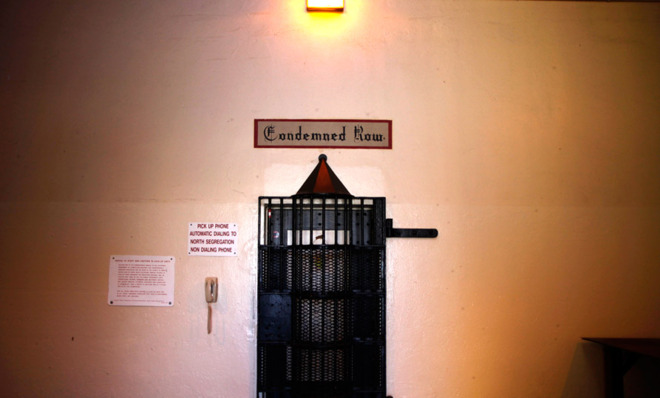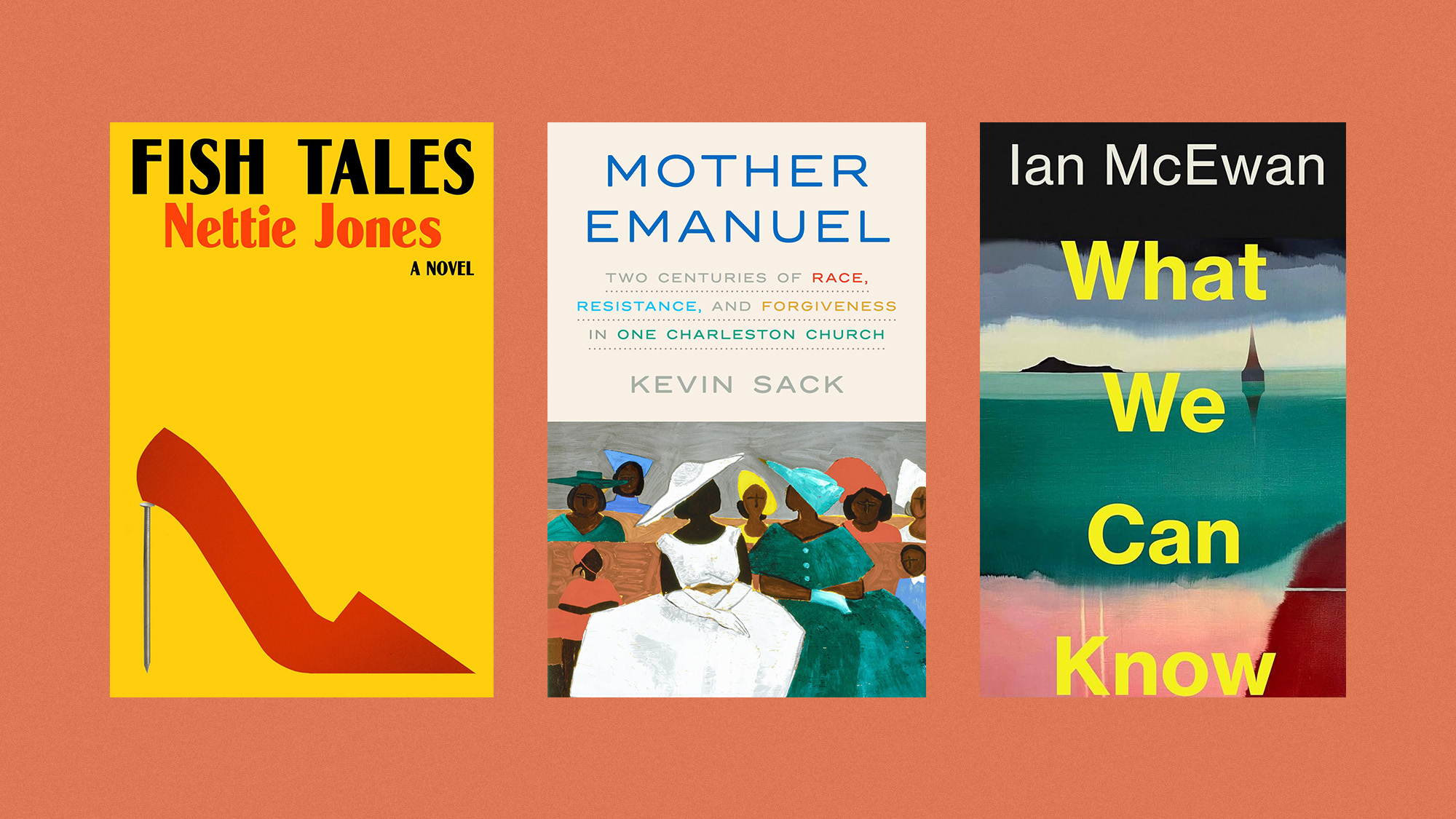The troubling lessons of California's death penalty ruling
To truly ensure justice in America's largest state, the government will have to spend a fortune. And it most certainly won't.

U.S. District Judge Cormac J. Carney isn't the first federal judge in recent memory to declare the death penalty unconstitutional. And he surely won't be the last.
Still, Carney's ruling Wednesday vacating the death sentence of a California man named Ernest Dwayne Jones is as candid a judicial lament on the sorry state of capital punishment (in the state and in the nation) as you are ever likely to read.
If California can't or won't do the death penalty right, Judge Carney declared, it should not be allowed to do it at all. But his working theory isn't that the state's capital system is prone to error, or rife with racial disparity, or arbitrary in its application, even though it is plaintively all of those things. Instead, this appointee of George W. Bush concluded that the "machinery of death" grinds too slowly in California for it to sustain itself under the Eighth Amendment. Delay, he contends, is the decisive constitutional flaw in the grim mechanism.
The Week
Escape your echo chamber. Get the facts behind the news, plus analysis from multiple perspectives.

Sign up for The Week's Free Newsletters
From our morning news briefing to a weekly Good News Newsletter, get the best of The Week delivered directly to your inbox.
From our morning news briefing to a weekly Good News Newsletter, get the best of The Week delivered directly to your inbox.
"Just as inordinate delay and unpredictability of executions eliminate any deterrent effect California's death penalty might have," Judge Carney wrote, "so too do such delay and unpredictability defeat the death penalty's retributive objective." And without those two justifications for capital punishment, deterrence and retribution, the judge argues, there is no constitutional basis for the government to kill one of its citizens, at least none the United States Supreme Court has recently recognized.
Judge Carney's ruling made national news — America's largest death row suddenly on the brink of closure! — but it likely won't be upheld on appeal. And nothing the judge wrote could have come as a surprise to anyone who has followed California's recent (and particularly unproductive) dance with death. Six years ago, for example, a bipartisan panel of experts on capital punishment in the state issued a report at the request of the state legislature, which sought answers to the very questions raised by this case. The report was blistering. Here is the part Judge Carney cited in his order:
California's death penalty system is dysfunctional. The system is plagued with excessive delay in the appointments of counsel for direct appeals and habeas corpus petitions, and a severe backlog in the review of appeals and habeas petitions before the California Supreme Court.
Take, as Judge Carney did, the case of Ernest Jones. He was accused of raping and stabbing to death a woman named Julia Miller. The trial took place in the same courthouse at the same time as the fabled murder trial of O.J. Simpson. In Jones' case, there was no cadre of defense attorneys to challenge the forensic evidence against him. The lone defense attorney, a public defender, didn't even cross examine the state's DNA expert. Even though there were no eyewitnesses to Jones' alleged crime, even though he had a long history of mental illness and had been sexually abused, he was quickly convicted and sentenced to death. It was the last quick thing that ever happened to him.
After his conviction, Jones waited four years before California appointed a lawyer to handle his first appeal. Then Jones waited another four years before that appeal was resolved by the California Supreme Court. It took another six years for Jones' first habeas corpus proceeding to be resolved in state court. And it took another year after that for him to file for federal review (which is still pending, nearly 20 years after his conviction).
A free daily email with the biggest news stories of the day – and the best features from TheWeek.com
It will take another three or four years for this process to be resolved (assuming, as the judge chillingly did, that Jones will lose at every stage of the process). That means that Jones will likely wait 23 years or so before he is fully eligible to be executed, which seems long but actually is below the average for California death row inmates. Oh, and there is this: there are no executions taking place now in the state anyway because of legal concerns about lethal injection protocols. The wait time for these hundreds of inmates is going up, not down, all of which prompted Judge Carney to write this:
The Eighth Amendment simply cannot be read to proscribe a state from randomly selecting which few members of its criminal population it will sentence to death, but to allow that same state to randomly select which trivial few of those condemned it will actually execute. Arbitrariness in execution is still arbitrary, regardless of when in the process the arbitrariness arises.
It's ironic and disheartening that Judge Carney focused on this version of arbitrariness in Jones' case rather than on the more obvious versions, like the way his trial unfolded in the shadow of the O.J. trial. Like the way his jurors were not showered with information about mitigating circumstances. Like the way the justice he received is unrecognizable from the justice white or wealthy defendants might receive. Ernest Jones isn't just a symbol of delay in capital punishment — he isn't just a poster child for speeding up executions — he's a symbol of institutional inequality all the way down the line.
Judge Carney didn't proscribe a fix so I will. If California wants to "fix" its death penalty it will have to spend a fortune. It will have to spend money on defense attorneys to handle the capital cases in a competent and timely fashion. It will have to spend money to increase the number of state court judges available to handle capital appeals. It will have to pay money to provide indigent capital defendants with competent investigators and medical and mental health experts. California doesn't remotely have the money — or the political will — to do any of this. Which means that, ruling or no ruling, Ernest Jones won't be going anywhere anytime soon.
Andrew Cohen is a contributing editor at The Atlantic, a fellow at the Brennan Center for Justice, and a legal analyst for 60 Minutes and CBS Radio News. He has covered the law and justice beat since 1997 and was the 2012 winner of the American Bar Association's Silver Gavel Award for commentary.
-
 Received a gift card this holiday season? Here’s how to maximize it.
Received a gift card this holiday season? Here’s how to maximize it.The Explainer Make the most of your present
-
 ‘Lumpy skin’ protests intensify across France as farmers fight cull
‘Lumpy skin’ protests intensify across France as farmers fight cullIN THE SPOTLIGHT A bovine outbreak coupled with ongoing governmental frustrations is causing major problems for French civil society
-
 The best books of 2025
The best books of 2025The Week Recommends A deep dive into the site of a mass shooting, a new release from the author of ‘Atonement’ and more